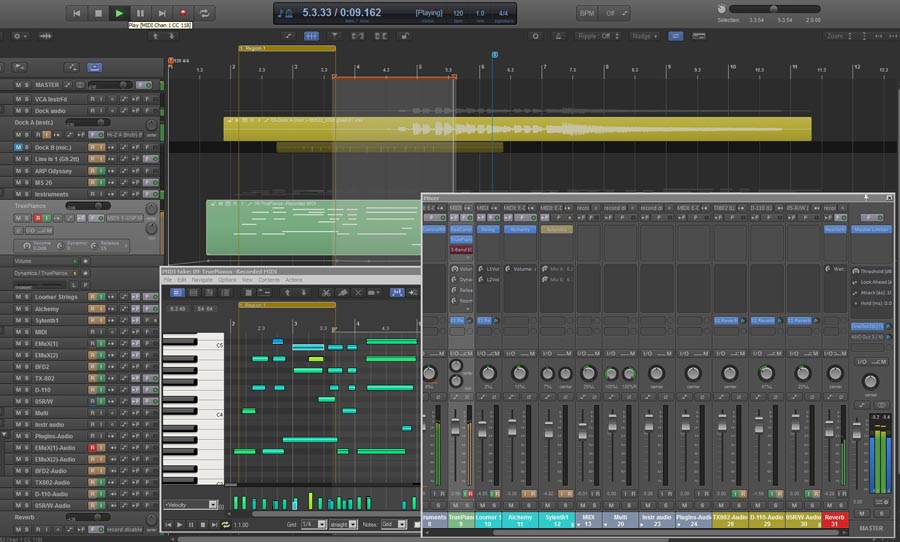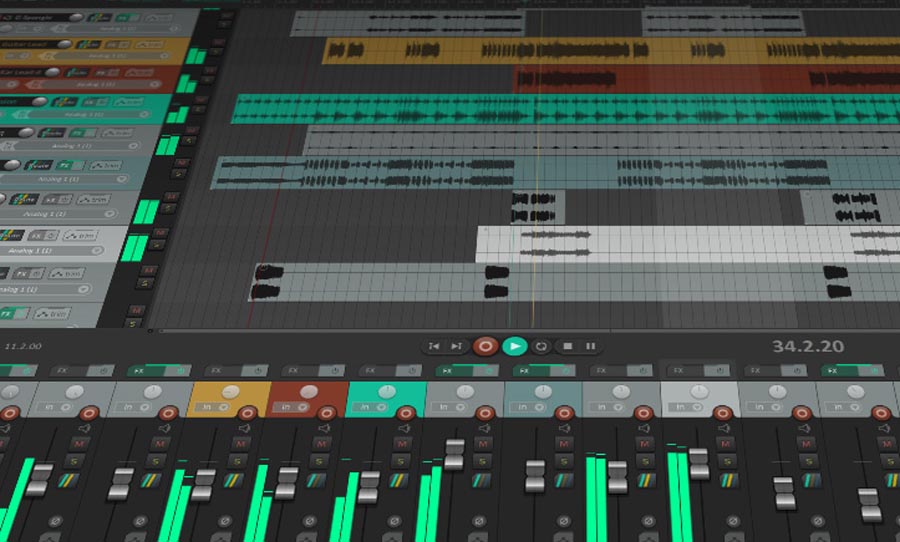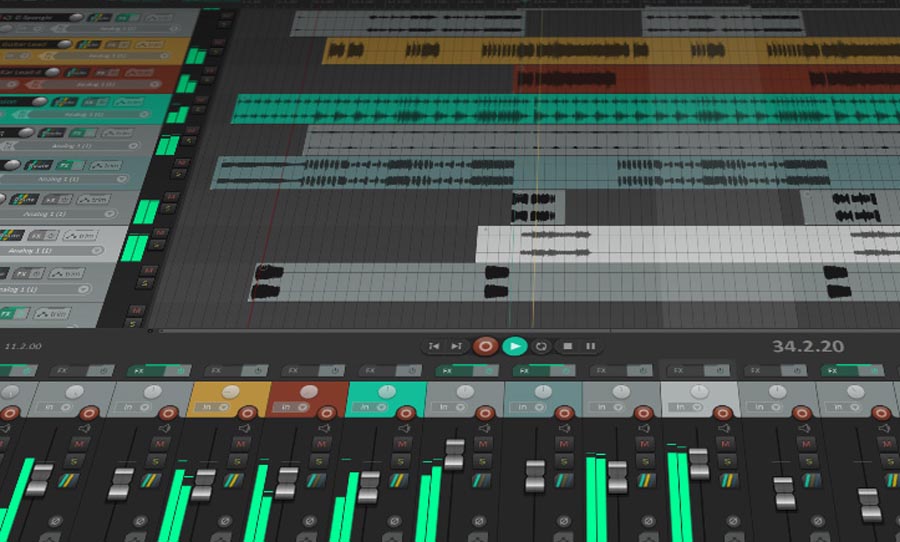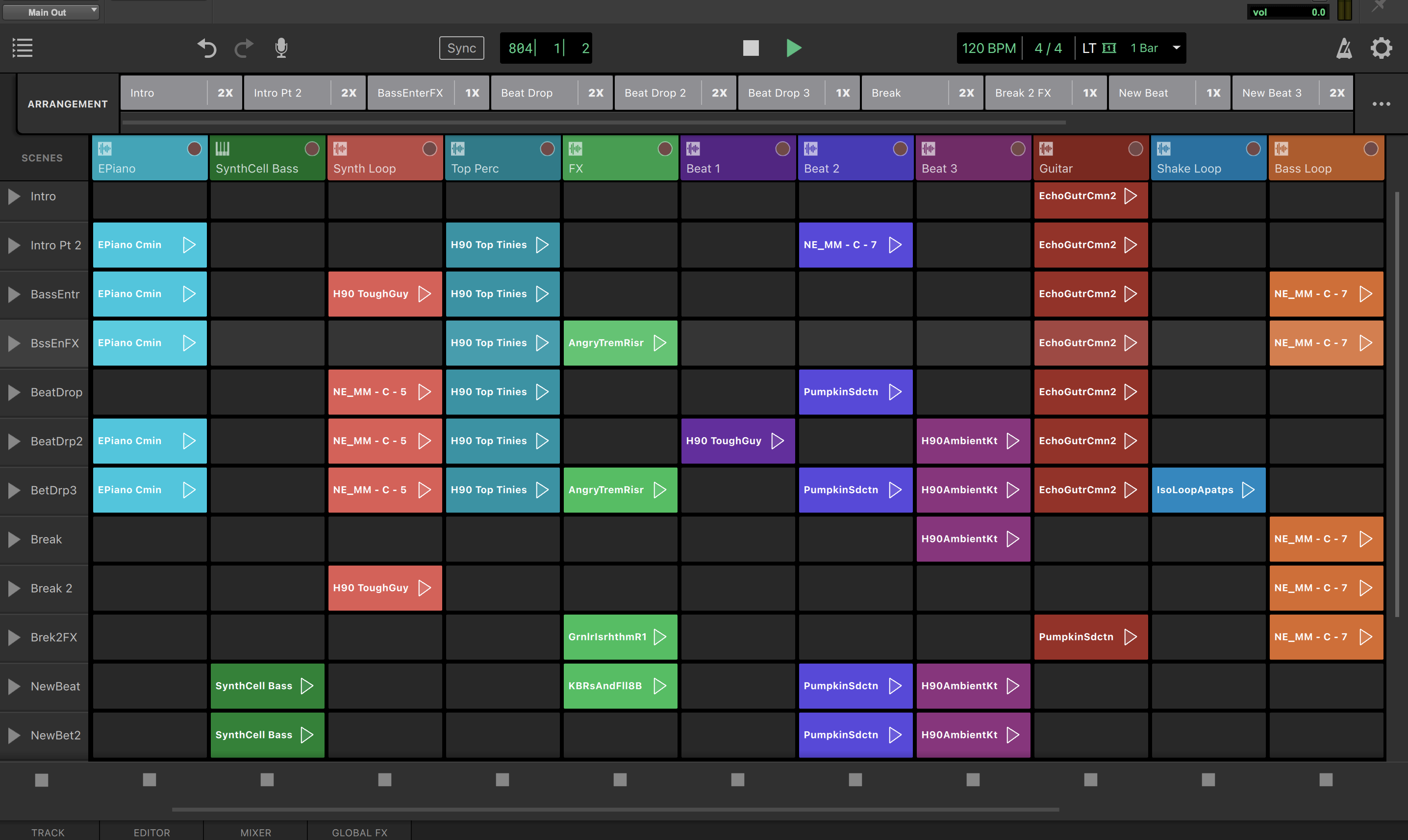REAPER is a DAW that has been steadily solidifying its reputation in recent years. Customisable and with a small price tag, it’s a DAW that puts users first.
Like many industries, the headlines in the digital audio workstation world are dominated by a few players. The perennial Pro Tools, Logic for the Apple fans, Ableton Live for electronic performance and so on. REAPER isn’t a name that you often hear mentioned in the same breath as these long-established DAWs.
Should it be though? From an ever-growing crowd of devotees, the definitive answer is yes. REAPER is actually an acronym standing for Rapid Environment for Audio Production, Engineering and Recording. With a minimum of fuss, it delivers on what it promises.
Its parent company Cockos was founded by San Francisco resident, Justin Frankel. Despite sharing the same neighbourhood as a host of the world’s most profitable companies, the ethos that drives REAPER couldn’t be further removed from Silicon Valley.
A new player
The brain behind the REAPER was also instrumental in another influential software. Together with Dimitry Boldyrev, Justin Frankel developed Winamp – an iTunes-style media player for PC and released in 1997, just as file-sharing was beginning to take hold. The freeware was so popular that when the makers eventually introduced a $10 price, it did little to reduce the uptake.
Key to its appeal was its ‘skins’, a background on the interface that allowed users to customise the look of their Winamp environment. Remarkably, Winamp was sold to AOL for $80 million in 1999 just two years after its first release and Justin Frankel, barely into his twenties, became a tech heavyweight to be reckoned with. He continued to work on Winamp with AOL for another five years and developed a parallel interest in making music. When he left the company, it was time to get started on REAPER.
Jaded from his experience in a corporate environment, REAPER was to go down a different path. As his experiences deepened with other DAWs, he became frustrated with limits and lack of customisation available. He became fluent with VEGAS, which eventually morphed into a video-editing software and didn’t have support for MIDI support, rendering it limited as a full production environment.

More than anything, REAPER was Frankel’s attempt to create something that was missing from the workflows that were provided by other DAWs. As production practices evolve, so does the software, which is currently at version 6.
The ‘customer comes first’ approach extends to the lightweight download of the software. Weighing in at just 20MB, any half-way decent internet connection will have you up and running in seconds. There’s also a community of developers working to iron out bugs along the way.
Blank canvas
Other DAWs tend to have a templated approach to kick start their sessions. With Ableton Live, you’re automatically greeted with two MIDI and two audio tracks by default, inviting you into a spontaneous creative process. With Pro Tools, there’s a comprehensive Quick Start dialogue where you can load up custom templates and configure your session.
In REAPER, there is no such welcome mat. Instead, you have a blank canvas and not much else. This, however, seems to be in keeping with the Frankel philosophy of launching right into a customised workflow. Though it doesn’t debilitate its performance, it might take a bit of acclimatising if you’re planning on switching DAWs.
Another thing that’s markedly different from its established cousins is the lack of virtual instruments. It will load up third-party VSTs, but if you don’t have any, you’ll have to go shopping before you can enjoy the full REAPER experience (it will record audio instruments just fine, providing that you have an audio interface).
There are no typical DAW-based functions that REAPER isn’t capable of. A full suite of automation tools are on hand and comprehensive MIDI editing is available. What sets it apart is its ability to be customised. Users have the ability to incorporate their own scripts to extend upon REAPER’s capability, so if you’re keen on customising your workflow beyond what other DAWs can offer, this software might be worth a closer look.
Then, there’s the price. REAPER has always offered a 60-day evaluation period, with full functionality. Then, if you really like it, the asking price is only $60 for a non-commercial licence and $225 for a commercial licence. For a fully-functioning DAW, this is unbeatable.
The comfort of the DAW resides in its guided workflow, inspiring graphics and suite of virtual instruments. REAPER doesn’t necessarily conform to this philosophy, instead, it offers a low-cost option where adventurous users can create a custom production environment. There’s little doubt that REAPER will be keeping the big players on their toes for years to come.
For more info on REAPER, or even to pick it up at a low price, you can find it on their website here.




